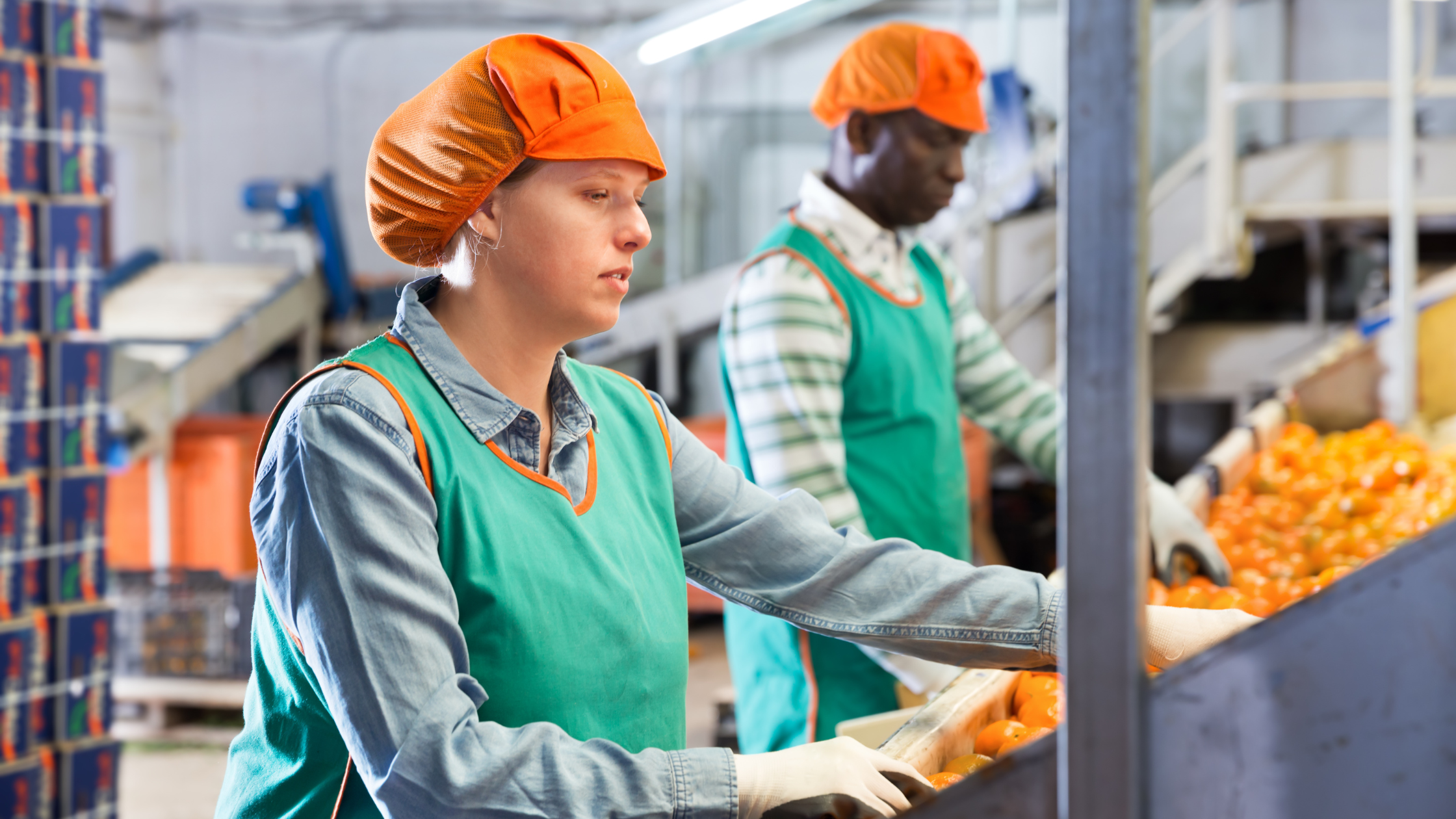The Art of Produce Sorting
The journey of fresh produce from the farm to your table involves many intricate steps, with one of the most crucial being produce sorting.
Sorting is an art that ensures the finest fruits and vegetables make it to the marketplace. This process not only benefits growers and packers but also plays a significant role in providing high-quality produce to consumers.
Keep reading as we discuss the art of produce sorting, exploring the techniques used, its importance for all stakeholders, and how Industry Plastic contributes to maintaining the freshness of sorted produce.
What is Produce Sorting?
Produce sorting is the meticulous process of categorizing fruits and vegetables based on various criteria such as size, shape, color, blemishes, and weight. The primary objective is to separate the high-quality harvest from the rest, ensuring that consumers receive fresh and visually appealing food.
Produce Sorting Techniques
Several techniques are used to sort produce, each addressing specific quality attributes. Here is a closer look at each of them:
Blemish Sorter
Blemish sorters are equipped with sophisticated sensors and cameras that scan the surface of each piece of produce. They identify imperfections like bruises, cuts, or insect damage and then use a targeted air jet or mechanical arm to remove the flawed items from the conveyor belt. This technology helps verify that only unblemished, market-ready produce is sent to retailers.
Color Sorter
Color sorting machines employ optical sensors to analyze the color of fruits and vegetables. These machines are especially useful for sorting items like bell peppers or tomatoes. By eliminating produce with inconsistent or undesirable coloration, color sorters contribute to the visual appeal of the final product.
Density Sorter
Density sorters enable the identification and removal of overripe or underripe produce. These machines use weight and density sensors to distinguish items that are not at the ideal stage of ripeness, ensuring that only fruits and vegetables at their peak condition move forward in the sorting process.
Diameter Sorter
For uniformity and packaging purposes, diameter sorters measure the size of produce items, such as apples or potatoes. They can segregate items based on their diameter, allowing growers and packers to create uniform packages that meet consumer expectations.
Internal/Taste Sorter
Some fruits, like watermelons, have their quality concealed beneath the skin. Internal or taste sorters use ultrasound or infrared technology to assess the interior characteristics of the produce, such as sugar content or ripeness. This information aids in selecting items with optimal taste and flavor.
Shape Sorter
Shape sorters categorize produce based on their shape. They are especially essential in processing industries where consistency in shape is imperative.
Weight Sorter
Weight sorters help classify produce based on weight criteria, which ensure that packaged items meet specific weight requirements. This is important for items sold by weight, for instance, potatoes or carrots.
Why Produce Sorting Is Important for Growers, Packers, and Consumers
Produce sorting plays a pivotal role in the agricultural industry, benefiting growers, packers, and consumers in several ways. For growers and packers, it enhances efficiency by automating a labor-intensive process, reduces waste, and ascertains that only the highest-quality produce reaches the market. It also helps to increase the yield by sorting and categorizing produce that might otherwise be discarded.
Consumers reap the rewards of produce sorting in the form of fresh, attractive, and delicious fruits and vegetables. When you select an apple with no blemishes, a bright red color, and the perfect level of ripeness, you're enjoying the fruits of the sorting process. This guarantees a satisfying culinary experience and encourages healthy eating habits by making nutritious options readily available.
The Role of Industry Plastics After Produce Sorting
Once produce is sorted, it's essential to maintain its quality and freshness until it reaches the consumer's table. This is where plastic shipping containers come in, offering the following benefits:
- Protection: Plastic containers shield produce from physical damage and environmental factors during transit, reducing the risk of bruising or spoilage.
- Hygiene: Plastic materials are easy to clean and sanitize, ensuring that no contaminants compromise the quality of the sorted produce.
- Reduced food waste: Industry plastics prolong the shelf life of fresh produce, minimizing food waste at all stages of the supply chain.
Learn More About How Plastic Shipping Containers Maintain Produce Quality
Produce sorting plays a key role in delivering fresh, high-quality produce to consumers. But once produce is sorted, maintaining its freshness during transportation and storage is equally significant.
To discover how plastic shipping containers can help preserve the quality of your sorted produce, reduce food waste, and ensure consumer satisfaction during shipment, contact us today.
You can also explore our environmentally friendly packaging solutions designed to protect your harvest.
